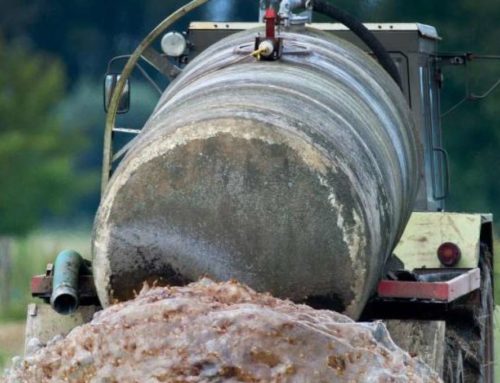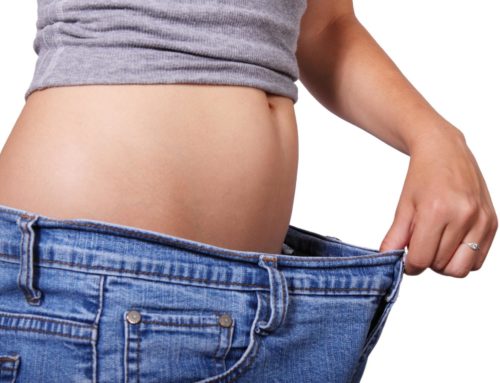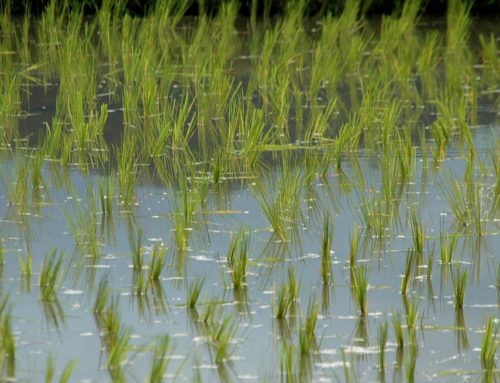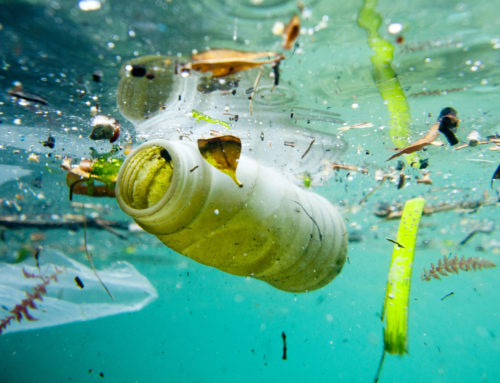The German Drinking Water Ordinance stipulates a maximum limit value of 50 mg per litre for nitrate. Now a Danish study shows: Already well below this limit there is a connection between nitrate content and intestinal cancer risk. The current limit is probably too high.
Nitrates are used in agriculture as mineral fertilizers; in soils and waters they are also formed by soil bacteria from organic nitrogen compounds (nitrification). The main source of these organic nitrogen compounds is, among other things, so-called “manure”, better known as liquid manure. In this way, nitrates also enter the water cycle.
Uniform limit values throughout Europe
In Germany, approximately 70 percent of the drinking water supply is covered by groundwater and spring water. The remaining 30 percent of drinking water comes from surface waters such as lakes and reservoirs, where the water is extracted directly or via groundwater recharge and bank filtration.
For reasons of health protection, there are legal limit values for the nitrate content in drinking water. Based on the EU Groundwater Directive 2006/118/EC (GWRL), the German Groundwater Ordinance (GrwV) sets a threshold value of a maximum of 50 mg nitrate per litre. The practical consequence of this is that measures must be taken to reduce nitrate pollution as soon as this threshold value is exceeded in groundwater.
The EU Drinking Water Directive also provides for a maximum concentration of 50 mg per litre as a quality standard (parameter value) for nitrate; this value was adopted by the German Drinking Water Ordinance as a binding limit value.
Very high nitrate load
Overall, the nitrate content of groundwater in Germany is about 18 percent of the representative monitoring sites above this limit (UBA 2018). At monitoring sites with catchment areas of agricultural land, the nitrate content is exceeded in approx. 28 percent of the monitoring sites. According to information from the Federal Environment Agency, 27 percent of the total of 1,200 German groundwater bodies are in a poor chemical state because the nitrate threshold of 50 mg/l is exceeded.
Cancer risk not taken into account in limit values
Nitrate itself is largely harmless to the human organism. However, nitrate is converted in the body to nitrite and N-nitroso compounds, which in turn are known as carcinogens. However, the basis for setting the nitrate limit value at max. 50 mg/l is not the risk of cancer through lifelong exposure, but the avoidance of acute toxicity in infants.
In the first months of life, infants are particularly sensitive to nitrate intake: the nitrite formed from the nitrate limits the oxygen uptake of haemoglobin, which can lead to a health risk for the infant (infant cyanosis, “blue baby syndrome”). Therefore, low-nitrate water (< 10 mg/l) should also be used to prepare baby food.
The basis of the limit value calculation for nitrate in drinking water is thus the defence against health hazards for infants. The long-term cancer risk for adults has so far played no role, although the relationship between nitrate exposure and cancer risk has long been known. Danish scientists have now analysed whether there are already indications of an increased cancer risk at nitrate concentrations below the 50 mg/l limit.
Colorectal cancer risk already increased below the threshold value
In the recently published in the International Journal of Cancer, Jörg Schullehner and his team from the University of Aarhus conducted a population-based study to investigate the relationship between long-term nitrate exposure to drinking water and the risk of colon cancer. Data from the „Danish Civil Registration System“ were used and evaluated for this purpose.
On the basis of drinking water analyses of both public waterworks and private wells, the average nitrate load for a total of 2.7 million adults between 1978 and 2011 could be calculated. During the study period, 11,952 people were diagnosed with colorectal carcinoma, colon carcinoma or rectal carcinoma.
And indeed, there was a clear correlation: In the group of persons with the highest nitrate exposure (≥ 16.75 mg/l), the risk of colorectal cancer was almost 20 percent higher than in the group of persons with the lowest nitrate exposure (< 0.69 mg/l) (hazard ratio 1.16, 95% confidence interval 1.08-1.25). The results for colon cancer and rectal cancer were similar.
One aspect was particularly important: The increase in risk for the occurrence of colorectal and rectal cancer was already statistically significant from a nitrate concentration ≥ 3.87 mg/l, the increase in risk for the occurrence of colon cancer from a nitrate concentration ≥ 9.25 mg/l. Both values are thus considerably below the permitted limit of 50 mg/l of the Drinking Water Ordinance.
Limit value should urgently be corrected downwards
Overall, the results of the current evaluation are clear: there is a strong statistical correlation between the nitrate contamination of drinking water and the individual risk of colon cancer. Although such a study does not provide direct evidence of a direct cause-effect relationship, the evidence is quite clear: the methodology chosen by Danish scientists is good and statistically robust, the relationship between cancer risk and nitrate exposure is known from numerous toxicological studies, and above all: the current evaluation shows a direct dose-dependent relationship. This means that the higher the nitrate concentration in drinking water, the higher the individual risk of colon cancer. It is precisely this clear dose-response relationship that is a strong indication of an actual causal relationship.
Conclusion: Lower limit values, reduce individual nitrate exposure
The authors of the study therefore quite rightly emphasise that the legally prescribed limit values are presumably set far too high. The increase in the risk of colon cancer was significant far below the current limits. It is not surprising that this correlation has not yet been noticed, since the limit values were set solely on the basis of avoiding acute toxicities in infants, without taking into account the risks of long-term exposure.
In Germany, too, the usual nitrate concentrations in drinking water are in a concentration range for which the Danish scientists were able to find a considerably increased risk of colon cancer. As long as the politicians do not react at this point, only a glance at the analysis results of the local drinking water supplier will help – with corresponding consequences. The reduction of the nitrate supply via drinking water should thus be integrated into the effective concept of bowel cancer prevention.
Sustainable solution
We, the non-profit Umuntu GmbH, produce pollutant-free and structured water for all living organisms (human/animal/plants). Thanks to the combination of several technologies and our self-developed technology, we are able to guarantee the highest quality. Unfortunately, 99 percent of the water sources are energetically or physically polluted. Man disregards the environment and ultimately pays the price. Water is our food number 1. Only with the help of pure and energetic water can we sustain our body.



